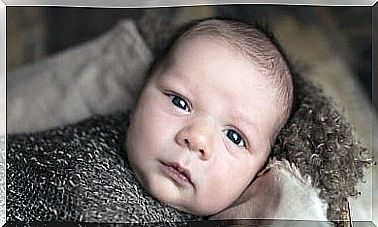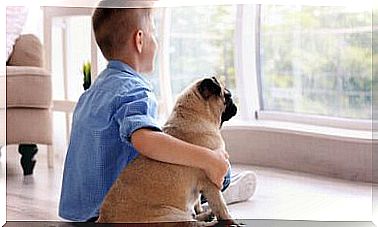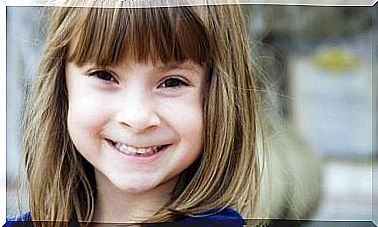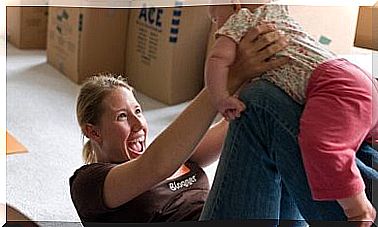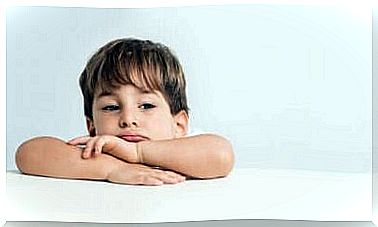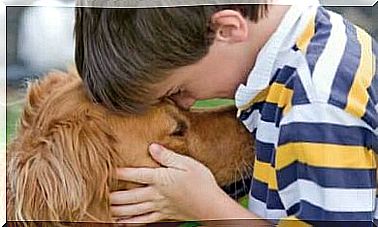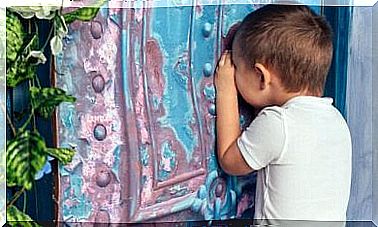What Does Baby’s Stool Say?

Discussing the amount, composition, and color of poop may not sound appealing, but the truth is that baby feces says a lot about a child’s well-being.
Amber is the baby’s first stool
The baby’s first stool is called meconium. This greenish-black stool consists of amniotic fluid, mucus, foggy hair, bile, and skin and intestinal cells. Within a few days, the baby’s stool will become more watery and lighter. If this does not happen or the baby does not defecate during the first days of life, it may be that he is not getting enough nutrition. In this case, it is advisable to discuss the matter with your doctor.
How often does a baby need to defecate?
Small babies wear an average of 1-4 poop diapers a day, but defecation frequency can vary widely. In particular, fully breastfed babies may not pass stools for long periods of time without constipation. It takes time for digestion to start, and parents don’t have to worry even if the baby initially gets stomachs from the milk.
The child’s stools are often greenish and slimy during the first few weeks. At about two weeks of age, most babies pass normal, yellowish stools that smell slightly acidic. The composition of the faeces can vary widely. The composition is influenced by, among other things, whether the child eats breast milk, breast milk substitute or both. The stool of a breastfed baby is often yellower and more fluid, while the stool of a baby eating a surrogate is slightly darker and thicker.
What does baby’s stool say?
The color of the stool depends, among other things, on the bacterial strain and diet of the intestine and says a lot about the health and well-being of the baby. The faeces of a small baby are therefore yellowish, but can also be folded into green or brown. As the baby begins to practice eating solid food, the stool becomes firmer and darker. If your baby’s stool color changes from normal and your baby is feverish or otherwise ill, it is important to contact a clinic or doctor.
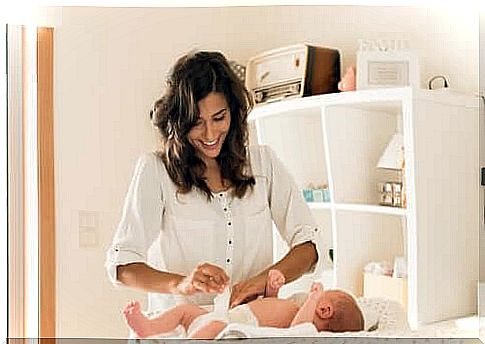
Yellow
The normal stool of a small baby is yellowish. The faeces of a child receiving breast milk or a substitute may also be greenish or brownish.
Green
It is normal for stool to turn green, especially in babies drinking infant formula, so there is usually no need to worry about it. However, the green color of the stool can also tongue out the stomach. In this case, the child is also likely to suffer from other symptoms, such as abdominal pain or flatulence.
White or gray
If the faeces of a baby under six months of age are white or gray, you should see a doctor as this may be a sign of liver or bile problems. If your baby is already eating solid foods, the white color of the stool may be due to the food. However, you should still talk to your doctor.
Orange
The first solid foods consumed by a child may stain the stool orange. However, the orange color may also be due to the medication used by the mother or artificially colored rust.
Red
A few red patches in the stool are usually not a sign of a serious problem. They can be caused by, for example, constipation and difficulty passing stools. The reddish tone of the stool of a child eating solid food may also be due to the food he is eating. Clearly bloody stools, on the other hand, are always a reason to see a doctor, as this may be an inflammation, an allergic reaction or damage to the gut.
Black
Black stools may be due to iron in the baby’s diet or iron supplements used by the mother. It can also be a sign of intestinal bleeding, which is why it is always a reason to call a doctor or emergency room.
